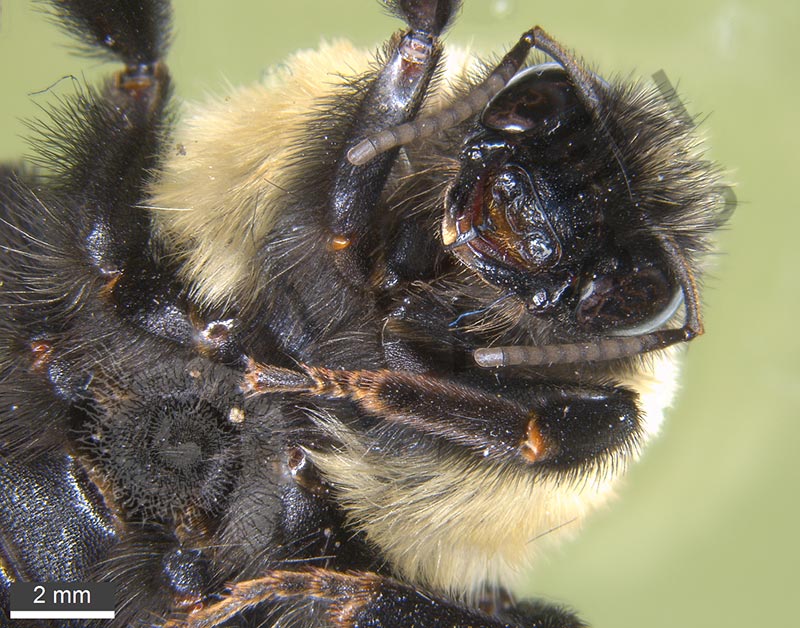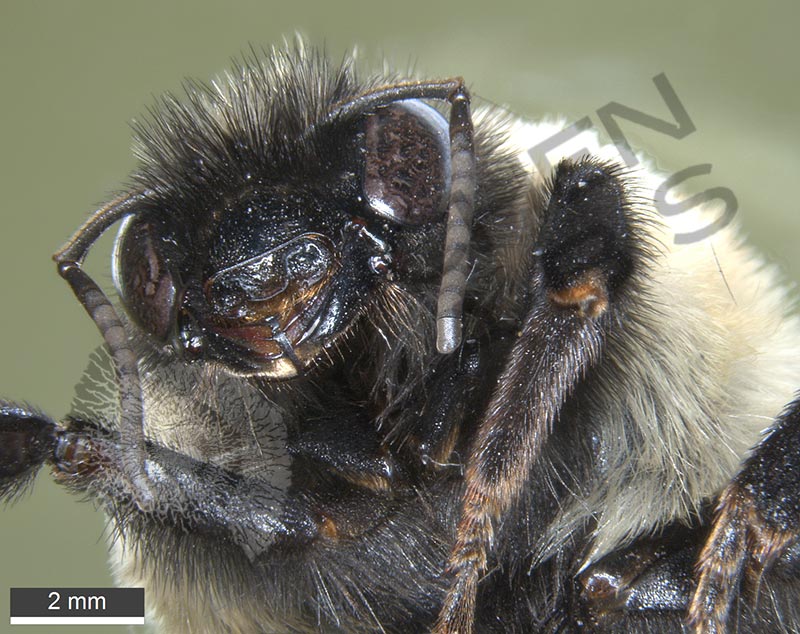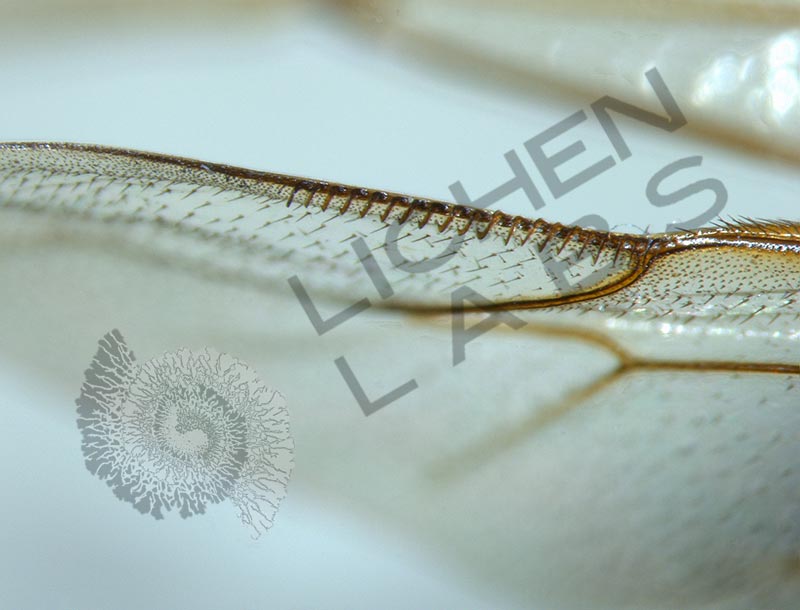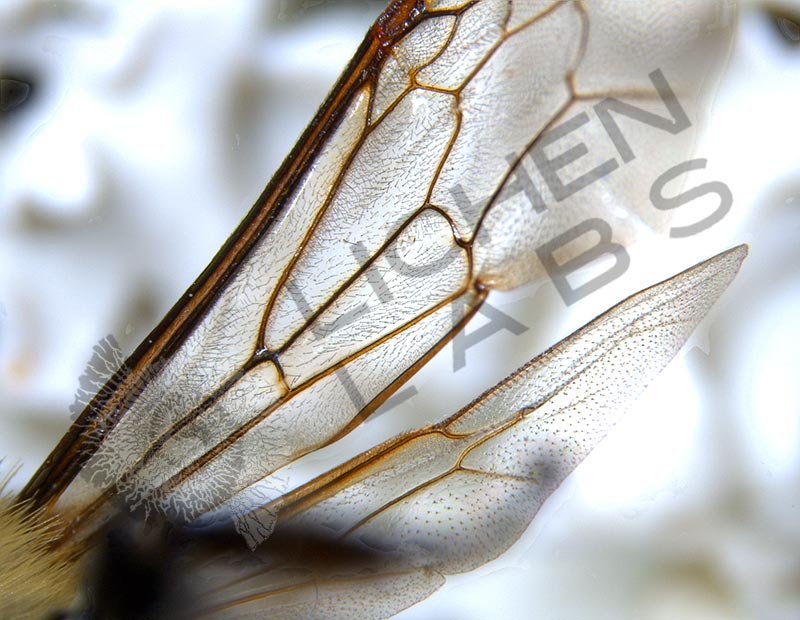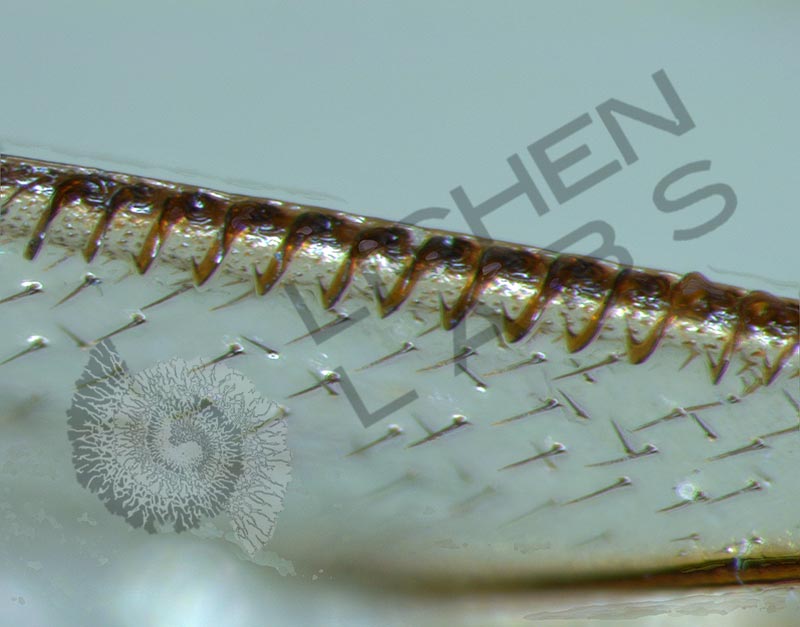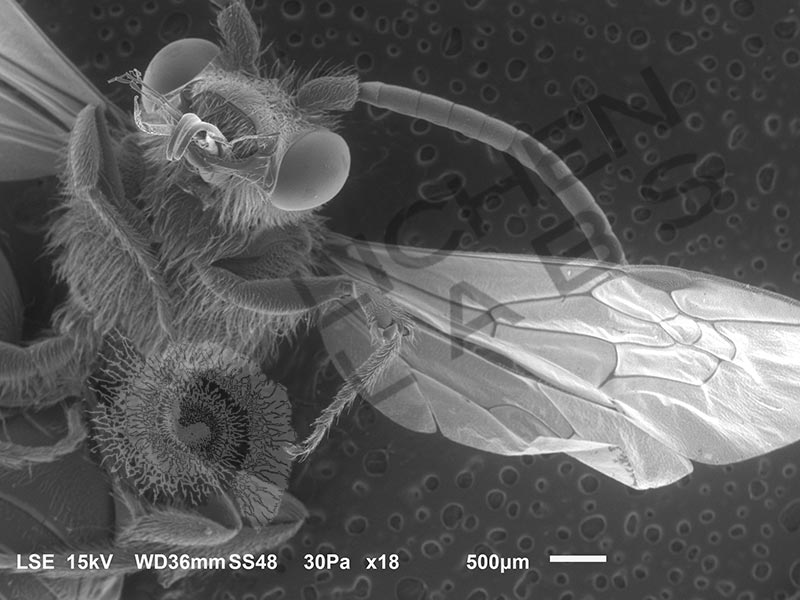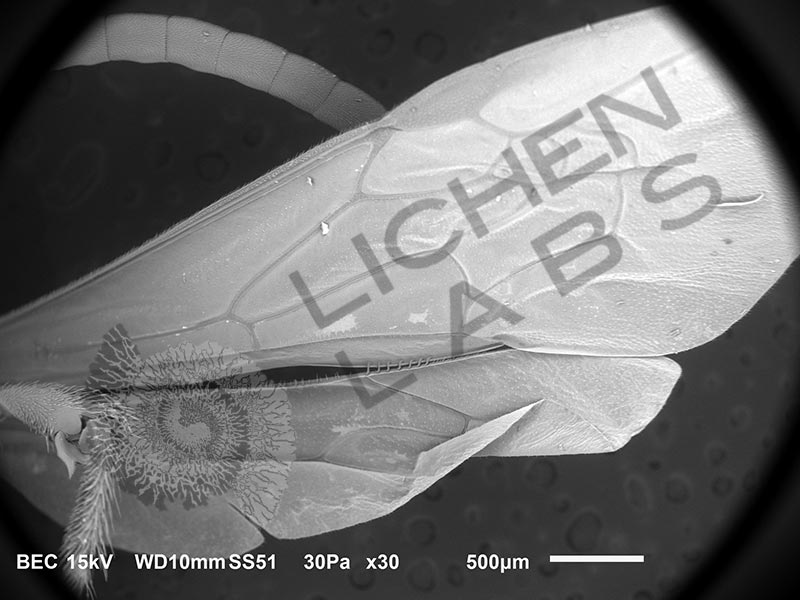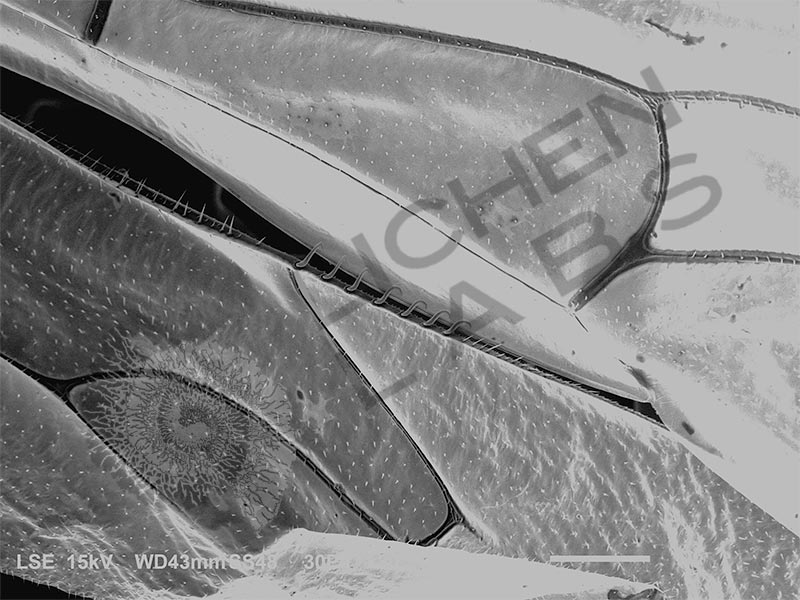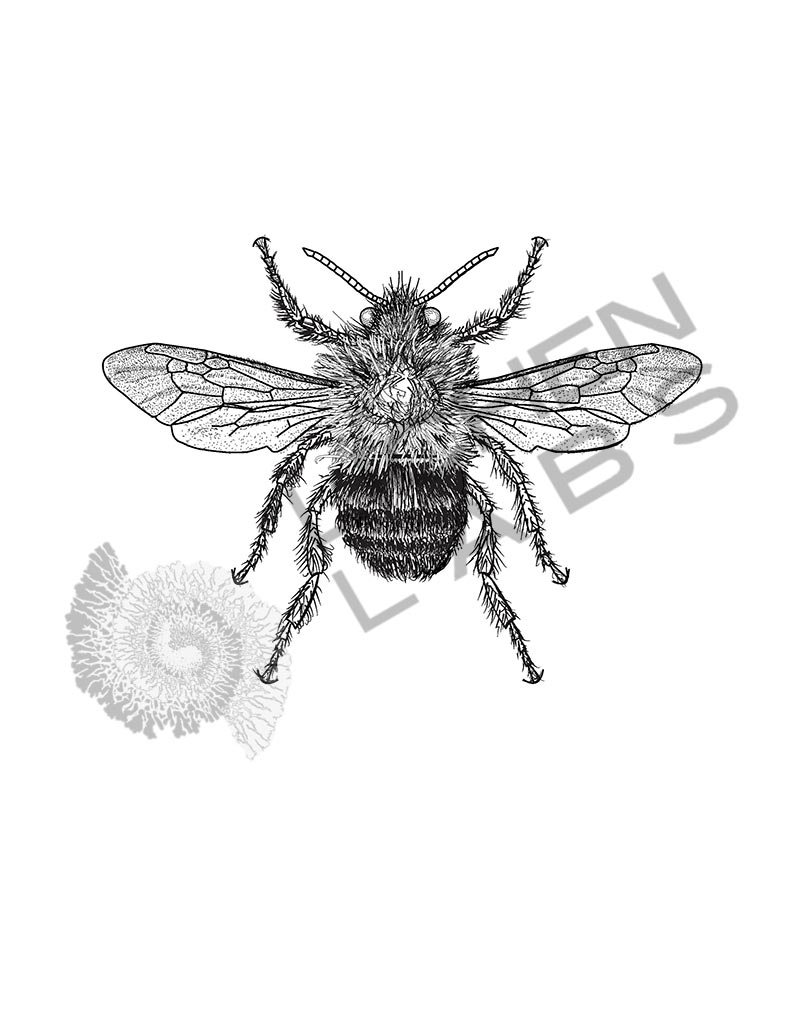Product Description
You may have noticed that Bumble bees don’t fly like planes. They have a large body with extremely light flexible wings covered in tiny hair-like sensors. Each of these has spiral grooves with multi-tipped ends to assess aerodynamic conditions. Bumble bees can hover up and down with each of their 4 wings moving separately, or they can interlock the forewing and hind wing on each side, making one surface for more power with less energy in long flights.
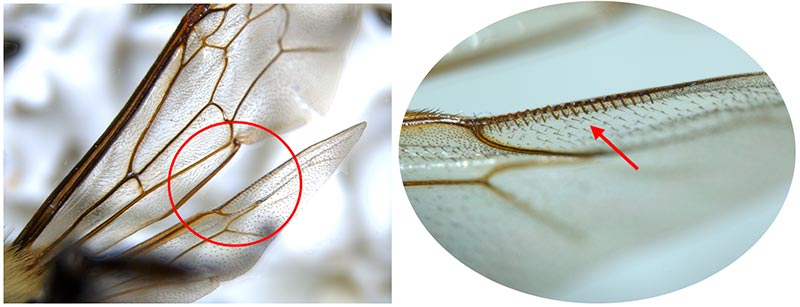
The bees have a series of hooks called “hamuli” that look like the spiral on a notebook on each hind wing that catches the corresponding lip on the forewing. The bumble bee tilts the angle of the wings to release and go into hover mode. Other bees and wasps also have hamuli. Several wasp hamuli are in this collection too.
https://beeinformed.org/2018/08/13/a-bit-about-wings/
PURCHASE 5 OR MORE IMAGES AND GET 20% OFF YOUR ENTIRE ORDER!
Please contact us for custom images.
The image store is a collection of organisms that have been examined under a stereo light microscope (LM) and or scanning electron microscope (SEM). Each group of organisms has a short description and a longer more detailed description or story about the organism. Clicking on the product group shows the individual images. Each series takes the observer from macro to micro or nano on a particular organism, starting with a macro photographic image(s) for perspective, micro images taken by the light microscope, and most have micro to nano scanning electron microscope images. The SEM images will appear in black and white as a beam of electrons is used to illuminate the specimen rather than light. A few SEM images are colorized (lotus leaf). More information about the labeling and techniques used is below.
For the curious:
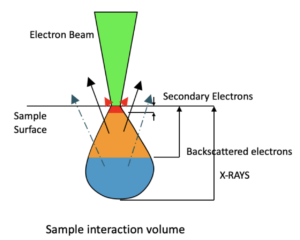
The light microscope images are labeled LM and a Z is included if it is a vertical composite of images effectively extending the depth of field or EDF of the microscope.
SEM images are labeled by the type of detector use:
SE (secondary electron)
LSE (Low vacuum secondary electron)
BES (backscattered electron shadow mode)
BEC (backscattered electron compositional mode)
The SEM instrument works by producing a beam of electrons under a vacuum that interacts with the sample surface and subsurface producing different signals, as shown in the diagram at right. Secondary electrons, backscattered electrons and x-rays are detected using different instrument modes. In addition to morphological information to produce an image the SEM can determine elemental composition by energy dispersive x-ray spectroscopy (EDS).




